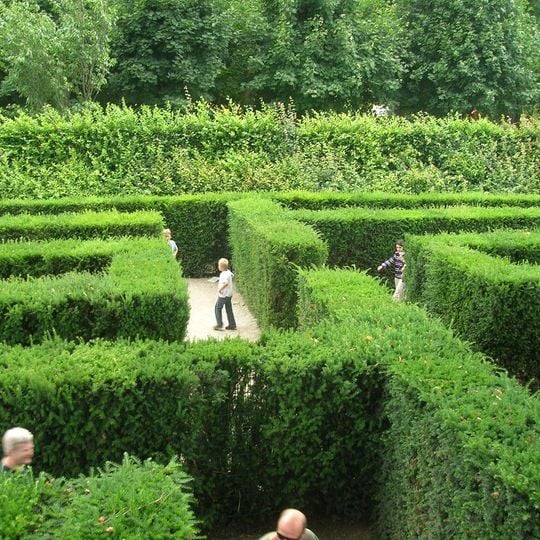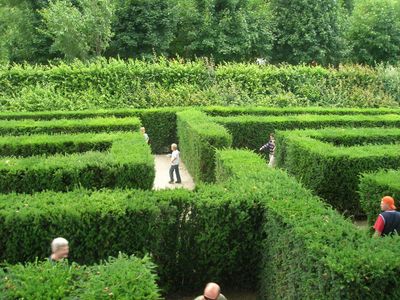Maze and labyrinth, Recreational gardens and hedge maze at Schönbrunn Palace, Austria
The three distinct hedge mazes within Schönbrunn Palace gardens span over 7,000 square meters, featuring paths through tall green walls and exploration routes.
The initial palace mazes emerged around 1720 as entertainment spaces for aristocrats, though they declined until their reconstruction in the late 1990s.
The maze complex incorporates twelve zodiac signs throughout its pathways, connecting traditional garden design with astronomical symbolism and educational elements.
The maze operates from April through November, with standard admission at 5.50 euros and reduced prices at 4.50 euros for qualifying visitors.
A central viewing platform surrounded by an ancient plane tree allows visitors to observe others navigating through the green corridors below.
Location: Vienna
GPS coordinates: 48.18242,16.30929
Latest update: March 2, 2025 20:01
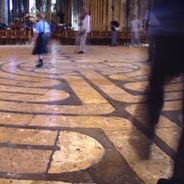
Labyrinths have been part of human architecture for thousands of years, serving religious, meditative, and decorative purposes. Chartres Cathedral preserves one of the most famous medieval floor mosaics in Europe, guiding pilgrims along a 13-meter-wide path made of blue and white stones. English castles like Hampton Court developed hedge mazes from the 16th century onward as part of their formal gardens, while Italian Renaissance villas integrated geometric stone patterns into their terraces. The collection also includes underground structures such as the Paris Catacombs, whose winding passages were originally quarries, or the Roman cisterns of Istanbul with their rows of columns. Each era and region developed its own techniques: medieval stonework in cathedrals, baroque garden architecture with trimmed hedges, or pre-Columbian temple complexes with ritual pathways. These sites document various construction methods, from laying colored stone mosaics to creating multi-level garden courses to constructing underground vaults. They offer insights into historical craftsmanship and the symbolic meaning of the labyrinth across different cultures.

Schönbrunn Palace
344 m
Schönbrunn Zoo
504 m
Gloriette
463 m
Palmenhaus Schönbrunn
514 m
Sculptures in the Schönbrunn Garden
135 m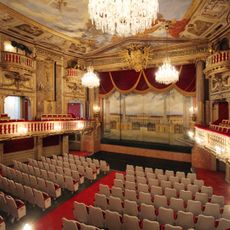
Schönbrunn palace theatre
519 m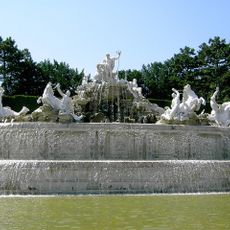
Neptunbrunnen
150 m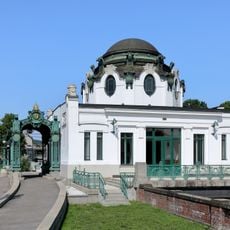
Otto Wagner Hofpavillon Hietzing
619 m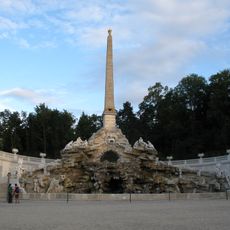
Obeliskbrunnen
554 m
Imperial Carriage Museum
477 m
Wüstenhaus Schönbrunn
617 m
Tirolerhof Schönbrunn
496 m
Schlosskapelle Schönbrunn
377 m
Children's Museum
367 m
Palace and gardens of Schönbrunn
560 m
Statue of Francis I, Holy Roman Emperor, gardens of Schönbrunn
571 m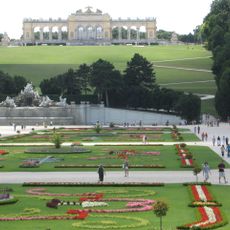
Palace park of Schönbrunn
149 m
Schönbrunn panorama train
407 m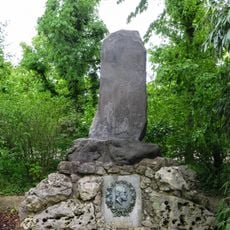
Philipp Franz von Siebold memorial
462 m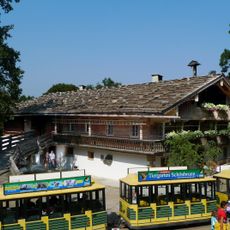
Haidachhof aus Brandenberg
499 m
Roman Ruin (Schönbrunn)
350 m
Japanese garden Schönbrunn
511 m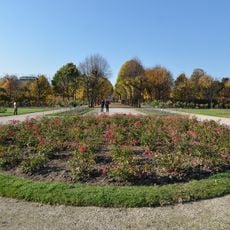
Rosarium Schönbrunn
301 m
Two sphinxes on Schönbrunner Schlossbrücke
616 m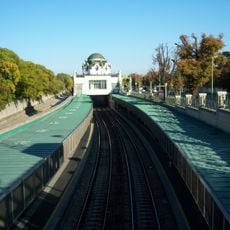
Ehem. Stadtbahn – Teilbereich der heutigen U4 in der KG Schönbrunn
567 m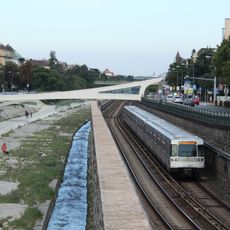
Ehem. Stadtbahn - Teilbereich der heutigen U4 in der KG Penzing
557 m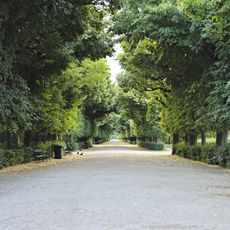
Finstere Allee
240 m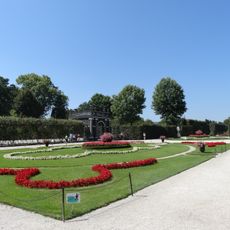
Kammergarten
338 mReviews
Visited this place? Tap the stars to rate it and share your experience / photos with the community! Try now! You can cancel it anytime.
Discover hidden gems everywhere you go!
From secret cafés to breathtaking viewpoints, skip the crowded tourist spots and find places that match your style. Our app makes it easy with voice search, smart filtering, route optimization, and insider tips from travelers worldwide. Download now for the complete mobile experience.

A unique approach to discovering new places❞
— Le Figaro
All the places worth exploring❞
— France Info
A tailor-made excursion in just a few clicks❞
— 20 Minutes
